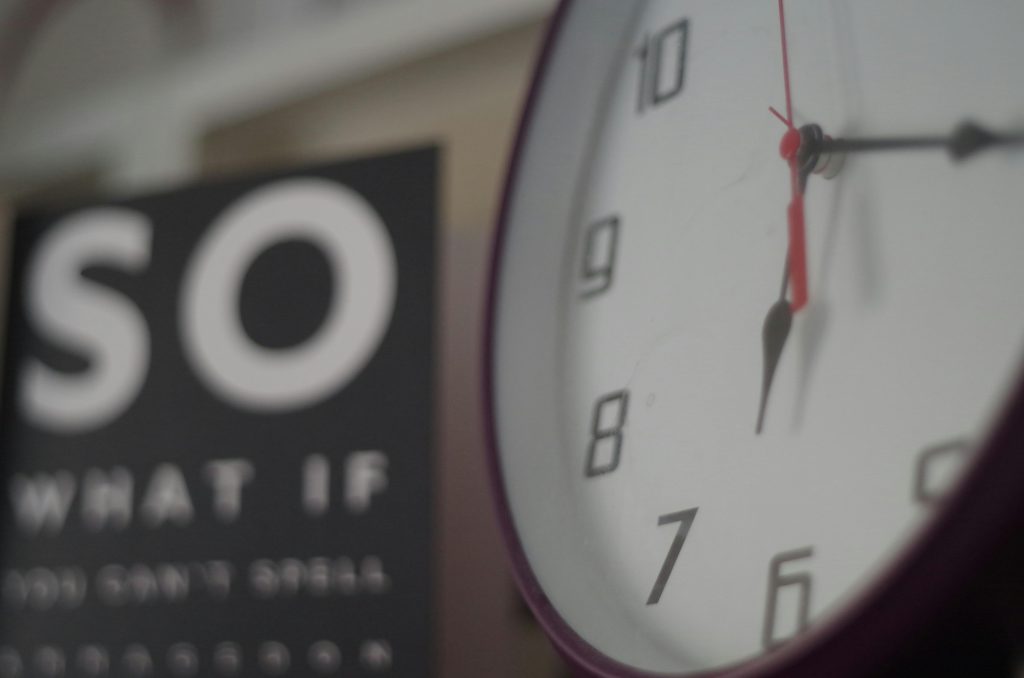Troubleshooting SSD Detection Issues on Dell Inspiron 5502: A Step-by-Step Guide
Experiencing boot issues can be a frustrating experience, especially when your system suddenly refuses to recognize your SSD as a bootable device. If you’re using a Dell Inspiron 5502 and find yourself confronted with the “No bootable devices found” error, this article aims to provide a comprehensive approach to diagnosing and resolving the problem.
Understanding the Situation
Recently, the user reported that their SSD, which contains a functional operating system, was working without issues. However, after uninstalling several Windows updates and restarting the laptop, the device failed to boot properly. The screen displayed a critical message: “No bootable devices found.”
Additional attempts to create a bootable USB drive resulted in an error code 0xc0000225, indicating a possible issue with boot configuration or disk recognition. Furthermore, the SSD was not appearing in the system’s boot order settings, though diagnostics confirmed the hardware was functioning correctly.
Common Causes
Several factors can lead to SSD detection problems during the boot process:
- Corrupted Boot Configuration Data (BCD): Changes made during Windows updates or manual configurations can damage boot records.
- Secure Boot or BIOS Settings: Certain security features might prevent the system from recognizing external or internal boot devices.
- Hardware Connection Issues: Physical disconnection or degradation of drive connections.
- Drive Recognition Problems: BIOS failing to detect the SSD properly, despite hardware functioning.
Step-by-Step Troubleshooting Guide
1. Verify Hardware Connections
- Power Off the Laptop: Remove power supply and battery if possible.
- Open the Back Cover: Follow the manufacturer’s guidelines to access the SSD.
- Check Connections: Ensure the SSD is firmly seated in its M.2 slot or SATA port.
- Test the Drive Elsewhere: If available, connect the SSD to another compatible system to confirm it functions correctly.
2. Access BIOS/UEFI Settings
- Enter BIOS/UEFI: Turn on the device and press the appropriate key (usually F2, F12, DEL, or ESC) during startup.
- Check Drive Detection: Look for the SSD in the list of storage devices.
- Adjust Boot Settings:
- Ensure Secure Boot is disabled if necessary.
- Enable UEFI boot mode—switching from Legacy mode can impact drive recognition.
- Save changes and
Share this content:



